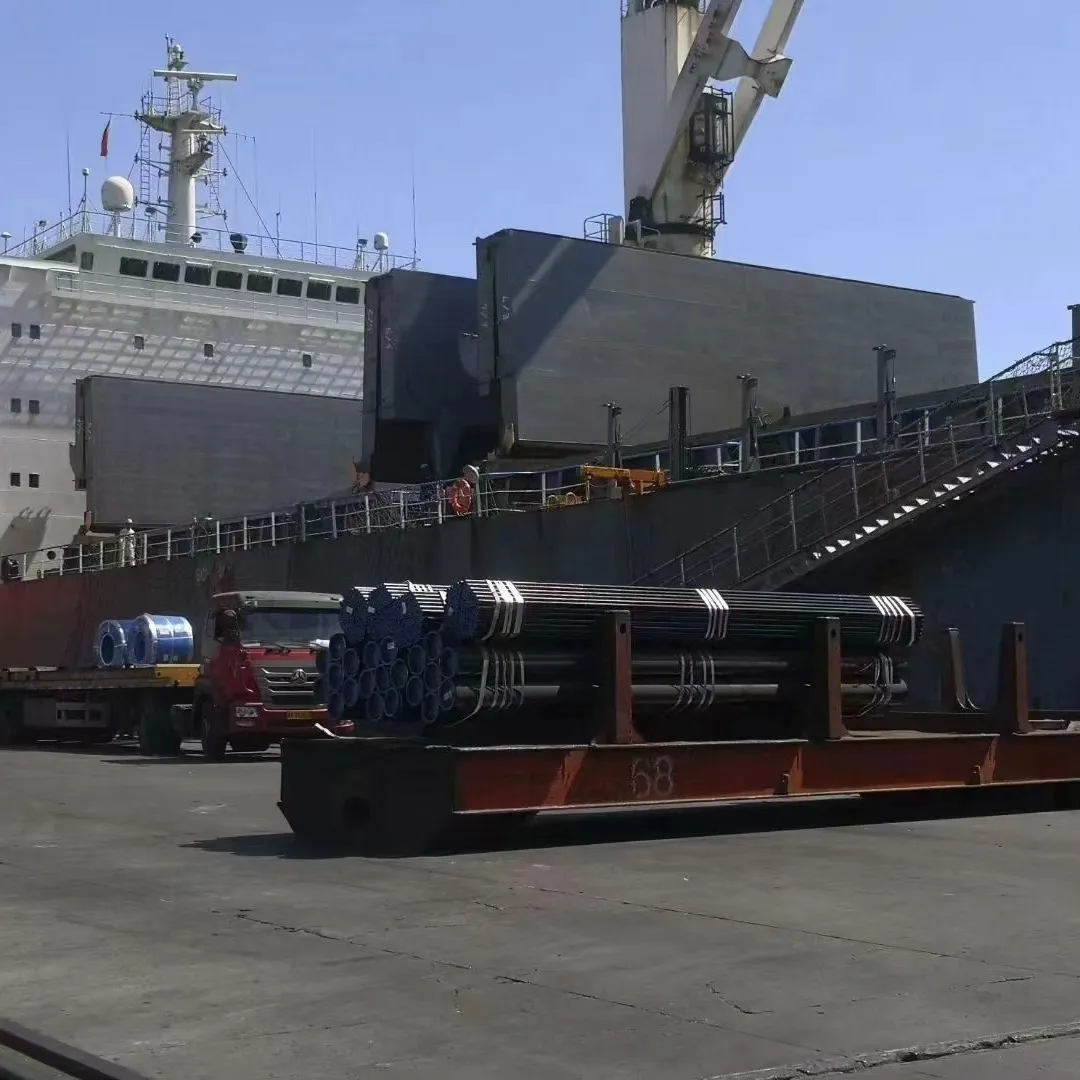Current location:
slip on flange
Date:2025-08-17 23:39:01 Read(143)

The Cost of Galvanized Pipe Factors, Trends, and Considerations When it comes to plumbing and construction, galvanized pipe has long been a popular choice due to its durability and resistance to corrosion. However, understanding the cost implications of using galvanized pipes is essential for homeowners, contractors, and businesses alike. This article delves into the various factors that influence the cost of galvanized pipe, current market trends, and considerations to keep in mind when planning a project. What is Galvanized Pipe? Galvanized pipe is steel pipe that has been coated with a layer of zinc to protect it from corrosion and rust. This process of galvanization extends the life of the steel, making it an ideal material for outdoor and underground applications, as well as for plumbing systems where moisture is a concern. Besides its practical benefits, galvanized pipe is also known for maintaining structural integrity over time, making it a reliable choice for numerous applications. Factors Influencing Cost 1. Material Costs The primary factor affecting the cost of galvanized pipe is the price of raw materials. The cost of steel can fluctuate significantly based on market demand, global production rates, and trade policies . Zinc prices also play a critical role, as the galvanization process requires a substantial amount of zinc to coat the steel effectively. 2. Pipe Specifications The diameter, wall thickness, and length of the pipe can greatly impact its cost. Larger diameters and thicker walls require more material, leading to higher prices. Additionally, specialized coatings or treatments may add to the expense. 3. Manufacturing and Labor Costs The process of manufacturing galvanized pipes involves several steps, including cutting, bending, and galvanizing. Labor costs can vary based on location, the complexity of the pipe requirements, and the skill level of the workers involved. Therefore, areas with a higher cost of living may see elevated prices for galvanized pipe. 4. Shipping and Handling The cost to transport galvanized pipes from the manufacturer to the construction site can be significant. Factors influencing shipping costs include distance, method of transport, and current fuel prices. Heavy materials like galvanized pipe require careful handling, contributing further to shipping expenses. cost of galvanized pipe 5. Market Demand The construction industry's demand for galvanized pipes can fluctuate based on various external factors, including seasonal construction trends, economic conditions, and regulations. When demand is high, prices may increase, while a drop in demand can lead to lower costs. Current Market Trends In recent years, the market for galvanized pipe has witnessed fluctuations due to a variety of factors. The ongoing impact of the COVID-19 pandemic on supply chains worldwide has led to increased shipping costs and delays in deliveries. Furthermore, the growing popularity of alternative materials, such as PVC and copper, has created competition that influences galvanized pipe prices. As governments and industries push towards sustainability, the demand for recyclable and environmentally friendly materials is expected to shape the future of the galvanized pipe market. While galvanized pipe is not as eco-friendly as some alternatives, its durability can be perceived as a sustainable choice when considering its long lifecycle. Considerations for Choosing Galvanized Pipe When contemplating the use of galvanized pipe, it’s essential to assess not only the immediate costs but also the long-term benefits. Although galvanized pipes may have a higher upfront cost compared to certain alternatives, their longevity and resistance to corrosion can lead to lower maintenance costs over time. Additionally, the intended application should guide the decision. For plumbing and outdoor use where exposure to moisture is significant, galvanized pipe may be the better option due to its protective coating. However, for some non-pressurized applications or in cases where weight and flexibility are critical, other materials might be more suitable. Conclusion Understanding the cost of galvanized pipe requires consideration of multiple factors, including material costs, manufacturing processes, market demand, and intended usage. By staying informed about current trends and evaluating the long-term benefits, homeowners and builders can make informed decisions about whether galvanized piping is the right choice for their projects. As with any material, careful planning and budgeting are vital to ensure a successful and cost-effective outcome.
Share:
Previous: Flanged Strainer for Efficient Filtration in Piping Systems and Application Insights
Next: blind flange 4
Kind tips:The above content and pictures are compiled from the Internet and are for reference only. I hope they will be helpful to you! If there is any infringement, please contact us to delete it!
You may also like
- Exploring Various Types of Coupling in System Design and Engineering
- Flanged Ductile Iron Pipe Applications and Benefits in Modern Infrastructure Projects
- Choosing the Right 4-Inch Exhaust Bends for Optimal Performance and Durability
- api 5l x52 spesifikaatio
- Fittings a saldatura socket in acciaio inossidabile per applicazioni industriali
- DIN 2543 Flange Specifications and Applications in Industrial Settings
- Exploring the Dynamics of x60 Pipe in Modern Applications
- astm a a106 gr b standard
- b444 uns n06625